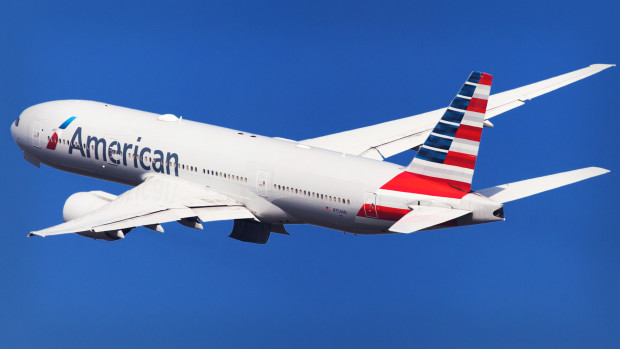
A delayed flight is an inconvenience that may lead to a ripple effect of trouble. You might miss your connection or arrive late for whatever event you might be flying to. The effects can be catastrophic to your trip or simply annoying.
When a flight gets canceled, however, it can leave passengers stranded. The best-case scenario is that you get rebooked on a comparable flight that gets you to your destination at an acceptable time.
DON'T MISS: Southwest Airlines Makes a Major Passenger-Friendly Change
In other cases, however, that's not possible. If your trip is just starting, that means you go home. If you are farther in your journey, a cancelation could leave you stranded without a place to stay and no easy way to get your trip back on track.
We've all seen the nightmares where hotel rooms and rental cars sell out forcing people to camp out at the airport while they try to find a way home while dealing with overwhelmed customer support. It's not a pretty scenario and it's something that many people worry about when they make travel plans.
Southwest Airlines (LUV) -) customers experienced the worst of it this holiday season as they dealt with a massive meltdown that left tens of thousands of people stranded over the Christmas holiday. Now, with consumers being especially wary of flight cancellations, American Airlines (AAL) -) has found a new way to dramatically improve its record and keep its planes flying.

Image source: Shutterstock
New Technology Keeps American's Planes In the Air
Essentially, American has automated the process of recovering after a storm. The software, Hub Efficiency Analytics tool or “HEAT” as they call it allows the airline to examine all available planes, gates, and crew in order to maximize efficiency, View from the Wing reported. The HEAT system then figures out which flights to delay, and which ones to cancel, in order to have the smallest impact to the airline's overall operations.
"This used to be a manual operation, but now computers are able to calculate millions of potential scenarios in the worst storms that last for days. American is now publicly sharing details of HEAT after a July 4th weekend where they performed well even in the face of weather," the website wrote.
By acknowledging that the software prevented over 1,000 flight cancellations, the airline is letting its rivals know that they could also cancel fewer flights if better decisions were being made. Basically, American Airlines is taunting its rivals and letting them know that they should build, buy, or license similar software.
Southwest Has Invested In Improvements
While Southwest has not commented on investing in anything like American's HEAT software package, it has made major investments in light of its holiday meltdown. After a review conducted in conjunction with an outside agency, Southwest developed a three-part plan to boost operational resiliency in key areas across the company.
"We understand the root causes that led to the holiday disruption, and we're validating our internal review with the third-party assessment. Now, we expect to mitigate the risk of an event of this magnitude ever happening again," said CEO Bob Jordan, Southwest's president and chief executive officer. "Work is well underway implementing action items to prepare for next winter—with some items already completed. I want to thank our Employees and Customers for their patience and grace, and we're resolved to emerge an even stronger airline."
The investment areas include speeding up the company's investment into technology and improving its infrastructure.
Now, ongoing implementation of tools and technology that allow for a greater pace of recovery during extreme events will be prioritized, and the airline is, currently, budgeted to spend more than $1.3 billion on investments, upgrades, and maintenance of information technology systems in 2023. For example, Crew Optimization software has been recently upgraded to address a functional gap that was revealed in December. Crew Scheduling and Customer phone systems also will be upgraded for better surge protection and efficiency during periods of high call volumes.
The company is also working on improving its cross-team collaboration and investing heavily in its water operations. That includes hiring more workers, adding equipment, and subscribing to new weather-related tools.
"I'm very encouraged by the work underway to address the challenges we faced in December, said COO Andrew Watterson. "I'm confident in our path forward and truly believe our best days are ahead."







